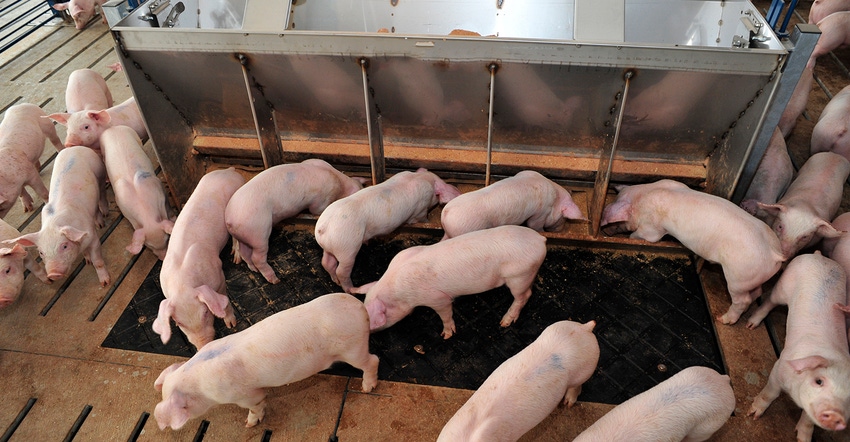Decision tools help pork producers analyze the cost of mortality
Models are intended to help producers get a better handle on the economic opportunity of reducing swine mortalities.
November 13, 2023

Profitable pig production depends on producing pigs to market, with costs below market price. Lowering mortality rates can improve potential profitability. However, experienced pig producers know that mortality is a cost by its very nature and by efforts to reduce it.
Iowa State University Extension Livestock Specialist Russ Euken and ISU Extension Livestock Economist Lee Schulz have developed two decision tool spreadsheets producers can use to help analyze the cost of mortality, one for wean to finish operations and the other for breed to wean operations. Both are available through the ISU Ag Decision Maker website.
“The models are intended to help producers get a better handle on the economic opportunity of reducing swine mortalities,” Euken said.
These spreadsheets are based on budgets that can compare current levels of mortality to a projected improvement. A user can analyze how mortality rate, current prices and other factors impact the cost of mortality. Fixed costs are included in the budget but do not change with mortality rate. While it’s true, that when a pig dies an operation’s fixed costs are spread over fewer pigs, however, total fixed costs for the operation have not changed.
In addition, the cost of mortality depends on when mortality occurs. The timing of death loss on average is built into the model as an input. In wean to finish production, when a pig dies it stops consuming feed and other non-feed variable costs that accrue on a per-pig basis, which saves costs. The amount of cost savings depends on relative feed costs. When feed prices are high, any cost savings is higher, especially if the pig dies early, compared to when feed prices are low. When a pig dies late in the finishing phase, the cost savings is comparatively minor relative to the lost opportunity cost of marketing a finished pig. Also evident is the decreasing marginal returns to cost savings as mortality rate decreases.
In breed to wean production, if a sow is bred but mortality occurs before farrowing, a litter of pigs is not produced. If the mortality occurs after farrowing but before being bred, that sow and potential litter can be replaced assuming replacements are available for breeding. In that circumstance mortality does not affect pigs produced in the operation but it would affect cull sow income and replacement costs, as would death loss before farrowing. Piglet pre-wean mortality changes can also be modeled in the decision tool.
Producers are encouraged to use the information files, where examples are provided, and the accompanying decision tool spreadsheets, which allow users to plug in their own numbers, so they can analyze what might happen if they improve mortality rates within their own operation.
“Costs to reduce mortality may vary depending on cause of mortality, and so will the economic opportunity of prevention, but these resources provide a starting point allowing producers to weigh the projected benefits of mortality-reducing strategies against their anticipated costs,” Schulz said.
The information files and spreadsheet decision tools are available at no cost on the Ag Decision Maker website: wean to finish, B1-78 and breed to wean, B1-79
For more information, contact Euken at 641-231-1711 or via email or Schulz at 515-294-3356 or via email.
These resources were developed as part of the Improving Pig Survivability project funded by the National Pork Board and the Foundation for Food and Agriculture Research.
You May Also Like



